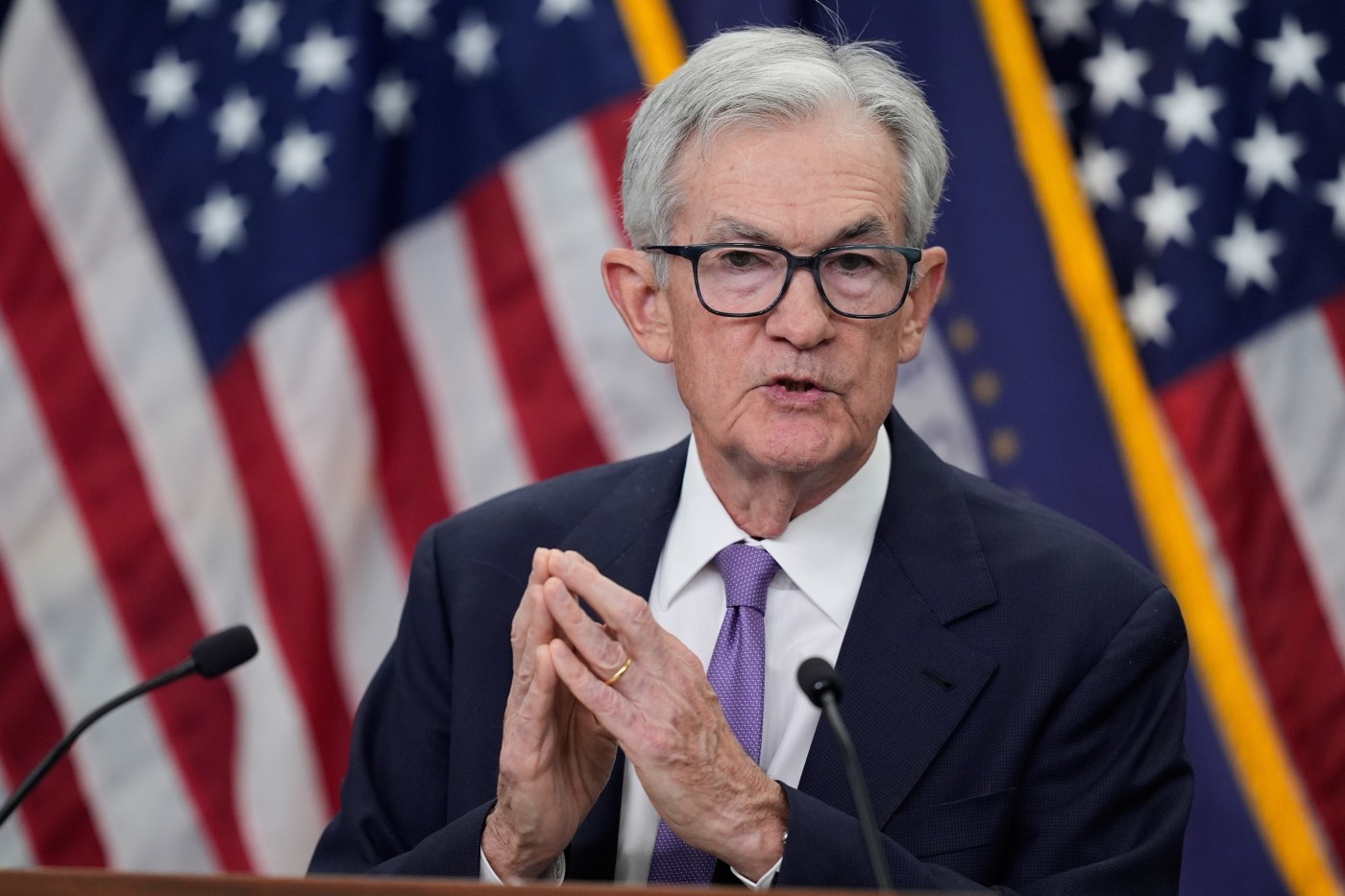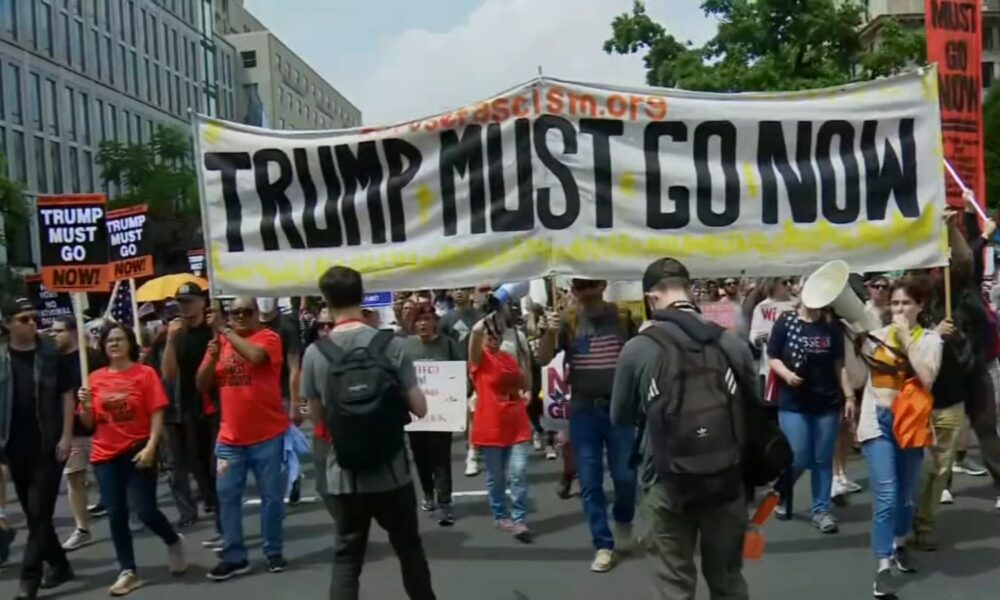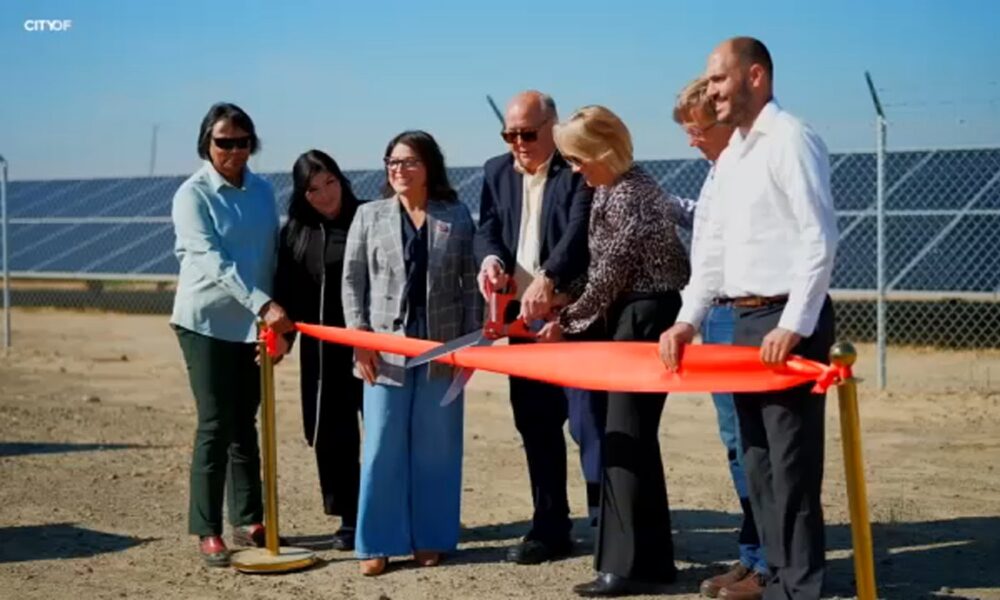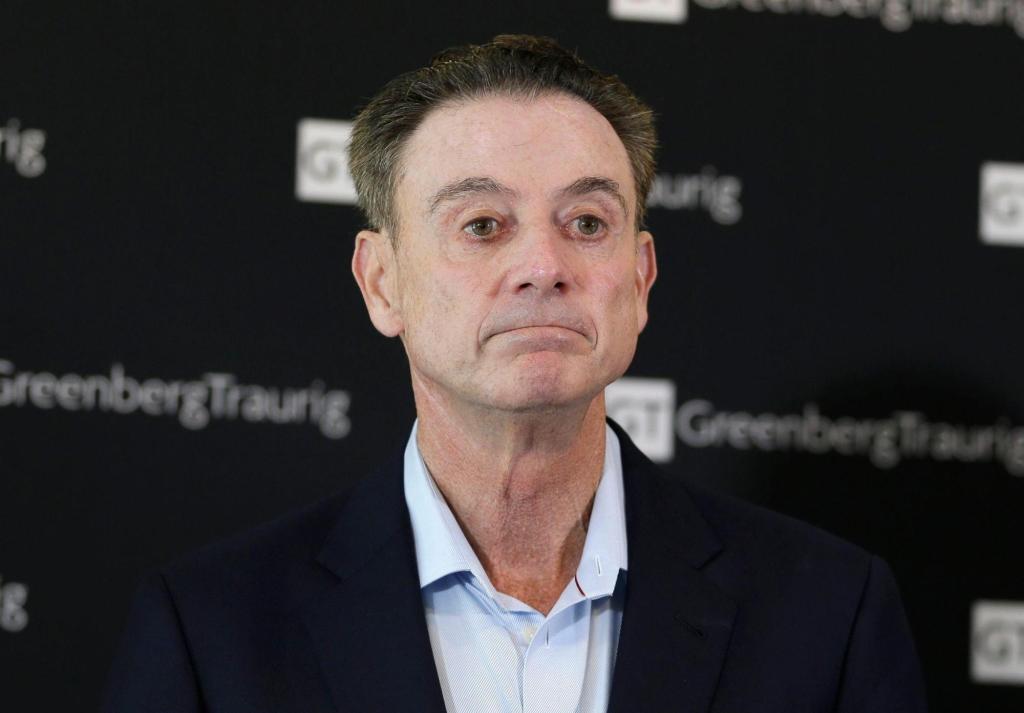UPDATE: The Federal Reserve has made a significant move, cutting its key interest rate to 3.9% on Wednesday, marking the second reduction this year. This urgent decision comes as the Fed seeks to bolster economic growth and hiring amidst high inflation rates.
In a statement released today, the Fed acknowledged that “job gains have slowed this year,” while the unemployment rate has slightly increased but remained low through August. The central bank’s aim is to mitigate the impact of sluggish hiring as it grapples with inflation that exceeds its 2% target.
The Fed’s rate was previously set at 4.1% and had peaked at 5.3% in 2023 and 2024 to combat significant inflation. Lower rates typically lead to reduced borrowing costs for mortgages, auto loans, credit cards, and business loans, potentially stimulating spending and investment.
However, the Fed is navigating a challenging landscape, especially with the suspension of crucial government reports on jobs, inflation, and consumer spending due to the ongoing government shutdown. This lack of data complicates the Fed’s decision-making process.
Fed Chair Jerome Powell spoke to reporters following the announcement, revealing that there are “strongly differing views about how to proceed in December” during the next policy meeting. While a further rate reduction is possible, Powell emphasized it is not guaranteed.
The Fed also announced a halt to the reduction of its massive securities holdings, which peaked at $9 trillion during the pandemic. The change, effective December 1, could slightly lower long-term interest rates over time, but will not significantly affect consumer borrowing costs. This adjustment is crucial, as the Fed’s bond-buying strategy aimed to stabilize financial markets and keep long-term rates low.
Recent months have seen disruptions in money markets as the Fed reduced its holdings from $6.6 trillion to manage bank reserves. The rate cut decision did not come without dissent; Stephen Miran favored a half-point cut, while Jeffrey Schmid preferred no changes, citing ongoing inflation concerns.
In a related note, former President Donald Trump has been publicly critical of Powell, stating earlier today in South Korea that “he’s out of there in another couple of months.” As Powell’s term ends in May, speculation about his potential replacement is growing. Treasury Secretary Scott Bessent confirmed that the administration is considering five candidates to succeed Powell, with a decision expected by the end of this year.
As this situation develops, keep an eye on the upcoming economic indicators and the Fed’s response to the changing landscape. The implications of these rate cuts will be felt across the economy, impacting borrowing costs and potentially altering the job market’s trajectory. Stay tuned for more updates as we monitor this evolving situation.






